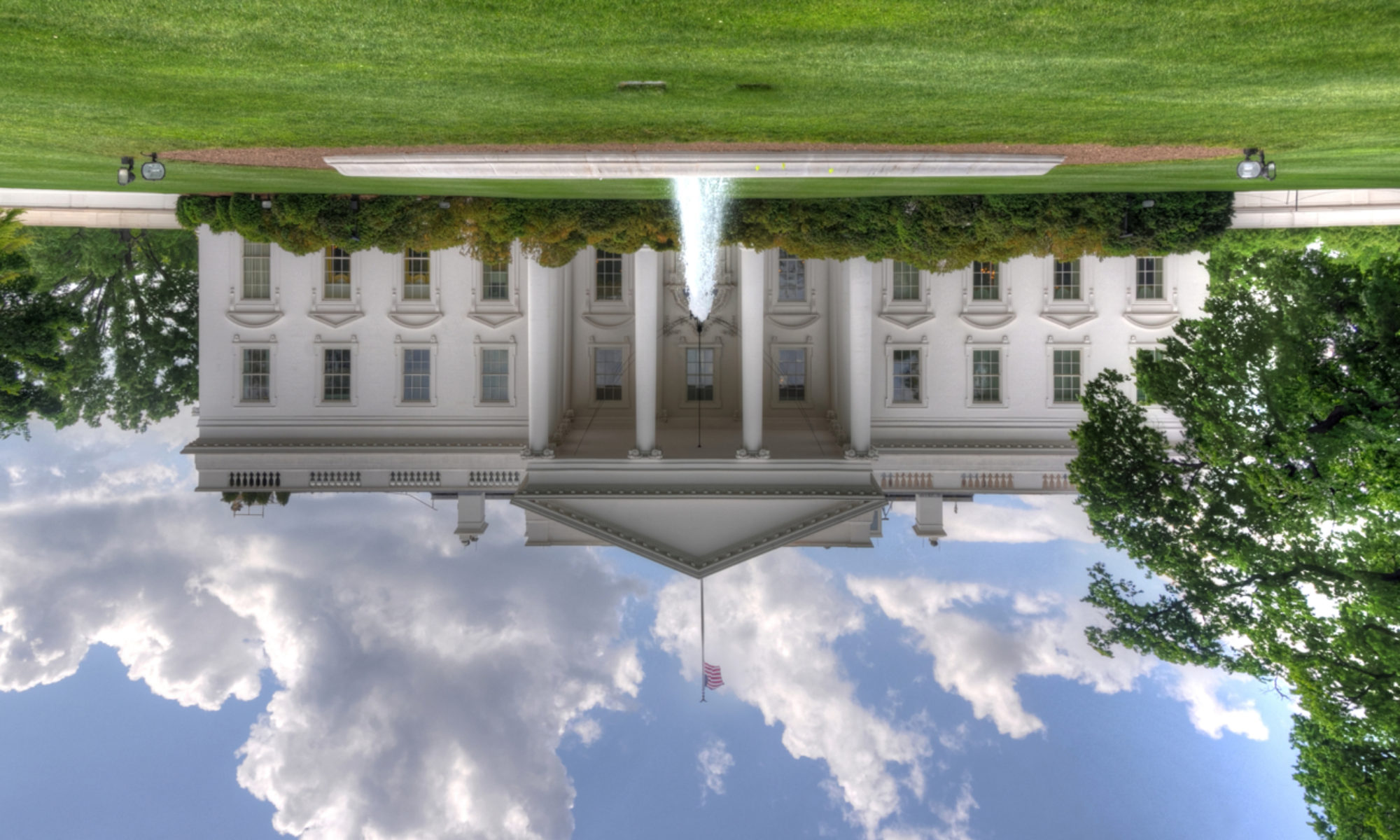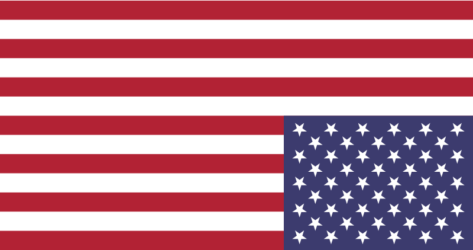The attempts by Trump and his ilk to dismantle the Affordable Care Act (ACA, or “Obamacare”) continue, even as they are overshadowed by Congress’ impeachment inquiry. The next imminent threat to the Affordable Care Act may occur at some point in October, as judges in the 5th Circuit Court of Appeals rule on the Texas v. Azar lawsuit, argued in July.
Destroying the ACA was a hallmark and battle cry of Donald Trump’s 2016 campaign. On the day of Trump’s swearing in, he immediately signed an executive order “to waive, defer, grant exemptions from, or delay” portions of the Affordable Care Act.
On December 15, 2018, a Texas federal district court judge found that the 2017 Tax Cuts and Jobs Act (TCJA), which nullified the tax penalties associated with the individual mandate portion of the ACA, rendered the individual mandate unconstitutional. Consequently, since the individual mandate is an “essential” part of the ACA, the entire ACA was unconstitutional, the judge ruled.
The state of Texas, along with the other plaintiffs, argued that with the tax penalty removed, the zero dollar fine now outlined in the ACA is a “naked, penalty-free command to buy insurance,” explains Nicholas Bagley, professor of law at the University of Michigan.
“…Congress doesn’t have the power to adopt a freestanding mandate,” he says. “It just has the power to impose a tax.”
Therefore, plaintiffs argued, “The naked mandate that remains in the Affordable Care Act must be unconstitutional.”
The fact that only two of the three judges in the case (both Republican-appointed) asked any questions when hearing the case in July is thought to bode poorly for the future of the Affordable Care Act.
“I think we should be prepared for the worst — the invalidation of all or a significant part of the Affordable Care Act,” says Bagley.
If this is true, it doesn’t mean that the ACA will be immediately invalid. It is still the law.
However, says Sabrina Corlette, director of the Center on Health Insurance Reforms at Georgetown University, “If that decision comes out before or during open enrollment (November 1 through December 15), it could lead to a lot of consumer confusion about the security of their coverage and may actually discourage people from enrolling, which I think would be a bad thing.”
The case will almost certainly go to the Supreme Court if the 5th Circuit Court declares the Affordable Care Act invalid, however.
Here are some other ways the Trump administration has hacked away at the Affordable Care Act:
- Ending cost-sharing reduction subsidies to insurers. These federal payments to insurers were meant to motivate insurers to participate in the ACA insurance exchanges, and help keep premiums down. The Trump administration abruptly stopped paying these in 2017.
- Allowing states to add “work requirements” to Medicaid. The ACA expanded Medicaid so that more individuals and families were eligible. Under Trump’s new rules, states may choose to require potential Medicaid beneficiaries to provide documentation that they either go to school or work, in order to receive benefits.
- Expanding access to short-term “skinny plans.” Under the ACA, these low-cost, low-coverage plans were meant only as a “bridge” for those between jobs or in school. These plans don’t tend to cover ACA-mandated items such as pre-existing conditions or “essential health benefits.” What’s more, their extremely high deductibles could place their holders in financial difficulty should they become seriously ill.
- Reducing funds to facilitate signup for healthcare.gov insurance plans. Under the ACA, Navigator programs and a marketing budget were created to help people figure out how to sign up for health insurance on the exchanges. Trump’s reductions in funding for these services is a passive way to make it more difficult for disadvantaged people to sign up for ACA plans.
Experts have warned that dismantling the Affordable Care Act will cause great damage throughout the U.S. health care system. It is the Affordable Care Act, for example, that protects people with pre-existing conditions from being uninsurable, and mandates that “essential health benefits” such as a basic check-up, maternity care, and prescription drugs, are covered.
“The Affordable Care Act is now part of the plumbing of our nation’s health care system,” says Bagley. “Ripping it out would cause untold damage and would create a whole lot of uncertainty.”
Could Texas v. Azar End the ACA? — Christopher Holt | American Action Forum (AAF) [2019-05-20]
Chairman Scott: Texas v. Azar Decision is “Frivolous” | House Committee on Education and Labor [2019-01-09]

